The prickly pear cactus, known scientifically as Opuntia, is a captivating succulent that offers both beauty and utility. Popular for its striking pads and colorful fruits, this versatile plant can thrive in pots, making it a perfect choice for gardeners with limited space or those who prefer container gardening. While growing prickly pear in containers can be rewarding, it does require specific care and attention to ensure optimal growth. This guide aims to offer comprehensive insights into successfully cultivating and maintaining prickly pear cacti in pots.
Understanding Requirements for Container Growth
Before embarking on your journey to cultivate prickly pear cacti in pots, it is essential to grasp the plant’s fundamental needs. Understanding these parameters ensures your cacti can flourish and become a spectacular addition to your garden or indoor space.
1. Optimal Potting Medium
Choosing the right potting mix is critical for a thriving prickly pear. The ideal medium should be well-draining to prevent water retention that can lead to rot. A blend comprising cactus potting soil mixed with coarse sand or perlite can create the optimal environment. This choice fosters aeration and facilitates drainage, mimicking the plant’s natural arid habitat. A good rule of thumb: if water sits atop the soil for more than a few minutes, the mix may require adjustment.
2. Container Choice and Size
When selecting a container, consider materials that ensure durability and offer proper drainage. Terracotta pots are highly recommended due to their porous nature, allowing excess moisture to evaporate. Size matters, too; prickly pears can grow substantial roots, so opt for a pot that is at least 12 inches in diameter. Additionally, ensure your container has ample drainage holes to discourage standing water.
3. Light Requirements
Prickly pear cacti thrive in full sunlight, requiring a minimum of six hours of direct sunlight per day. Position your potted cactus in a south or west-facing window if you are growing it indoors. Outdoor plants should be placed in a well-lit area, shielded from harsh, scorching afternoon sunlight during extreme heat. Using shaded cloth can help protect young seedlings.
The Art of Watering and Fertilization
Watering is perhaps the most intricate aspect of caring for prickly pear cacti. Unlike typical houseplants, cacti require a different approach.
1. Watering Techniques
In terms of watering, the general principle is “less is more.” Allow the soil to dry out completely between waterings. During the growing season—spring and summer—cacti may be watered every two to three weeks. In late fall and winter, watering can be reduced significantly to once a month or less, as the cactus enters dormancy. Overwatering is the enemy; be vigilant in assessing the soil moisture levels.
2. Nutritional Requirements
Fertilization is necessary to promote robust growth. Use a balanced, diluted liquid fertilizer especially designed for cacti during the active growing season. An application every four to six weeks is recommended. Avoid fertilizing during the dormant winter months, as the cactus does not require additional nutrients during this time.
Pest Control and Common Issues
Maintaining a healthy prickly pear cactus involves vigilance against pests. Various insects, including mealybugs and spider mites, may invade your green companion.
1. Identifying Infestations
Regular inspections will help identify any pest infestations early. Look for cotton-like substances or webbing near the pads of the cactus. Peeling back layers from affected areas reveals hidden pests. If you spot an infestation, promptly treat it with insecticidal soap or neem oil, applying directly to the affected areas.
2. Addressing Yellowing Pads and Rot
Yellowing pads often signal a watering issue, whereas mushy pads indicate rot. The solution lies in adjusting watering habits. In cases of severe rot, the damaged area may need to be cut away, followed by letting the wound dry and heal before replanting.
The Aesthetic Appeal and Culinary Use of Prickly Pear Cactus
Beyond their care requirements, prickly pears are prized for their striking appearance and unique fruits. The vibrant yellow, pink, or purple flowers bloom annually and can transform any space into a vibrant oasis.
1. Ornamental Value
Prickly pear cacti can serve as eye-catching centerpieces on patios, balconies, or even office spaces. Their sculptural shapes add various textures, and the colorful fruit can provide visual interest. Another delightful aspect is the option to propagate effectively; simply segmenting pads from a mature plant allows for easy multiplication.
2. Culinary Delights
The fruit of the prickly pear, commonly referred to as tunas, is not only edible but also delicious. Rich in nutrients and flavor, they can be enjoyed in salads, jams, or cocktails. However, handling the fruit requires caution due to its tiny spines. Ensure proper cleaning before consumption.
In summary, cultivating prickly pear cacti in pots is both an art and a science. With proper knowledge, diligence, and attention to detail, these enchanting succulents can thrive in various environments, offering aesthetic pleasure and utility. Whether you are an avid gardener or a novice enthusiast, embracing the prickly pear cactus can enrich your gardening experience.
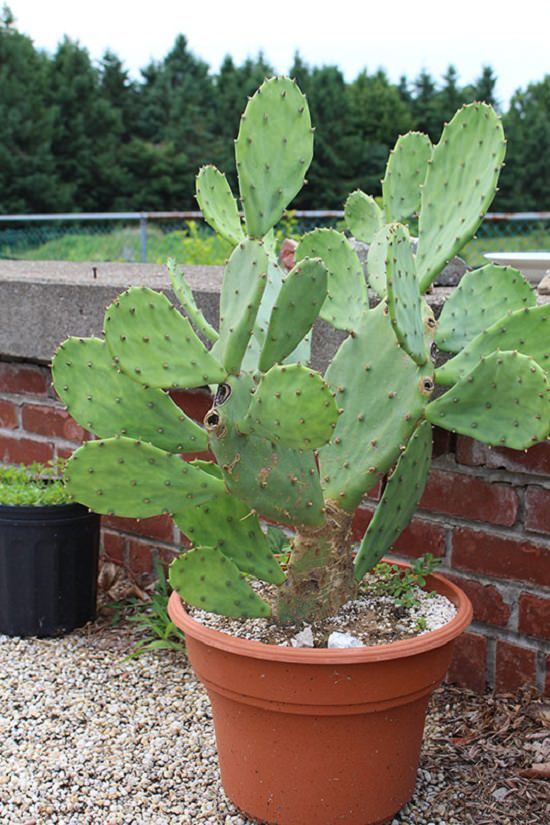
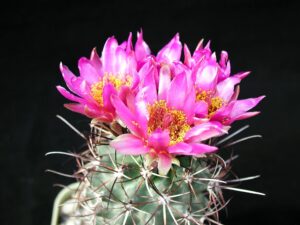
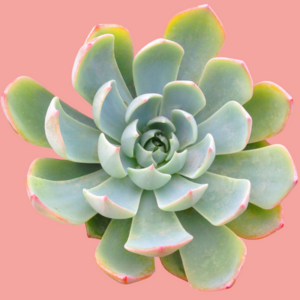
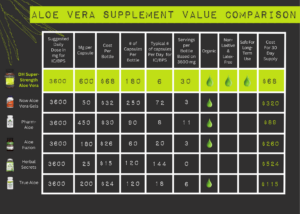
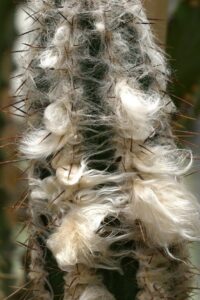
Leave a Comment